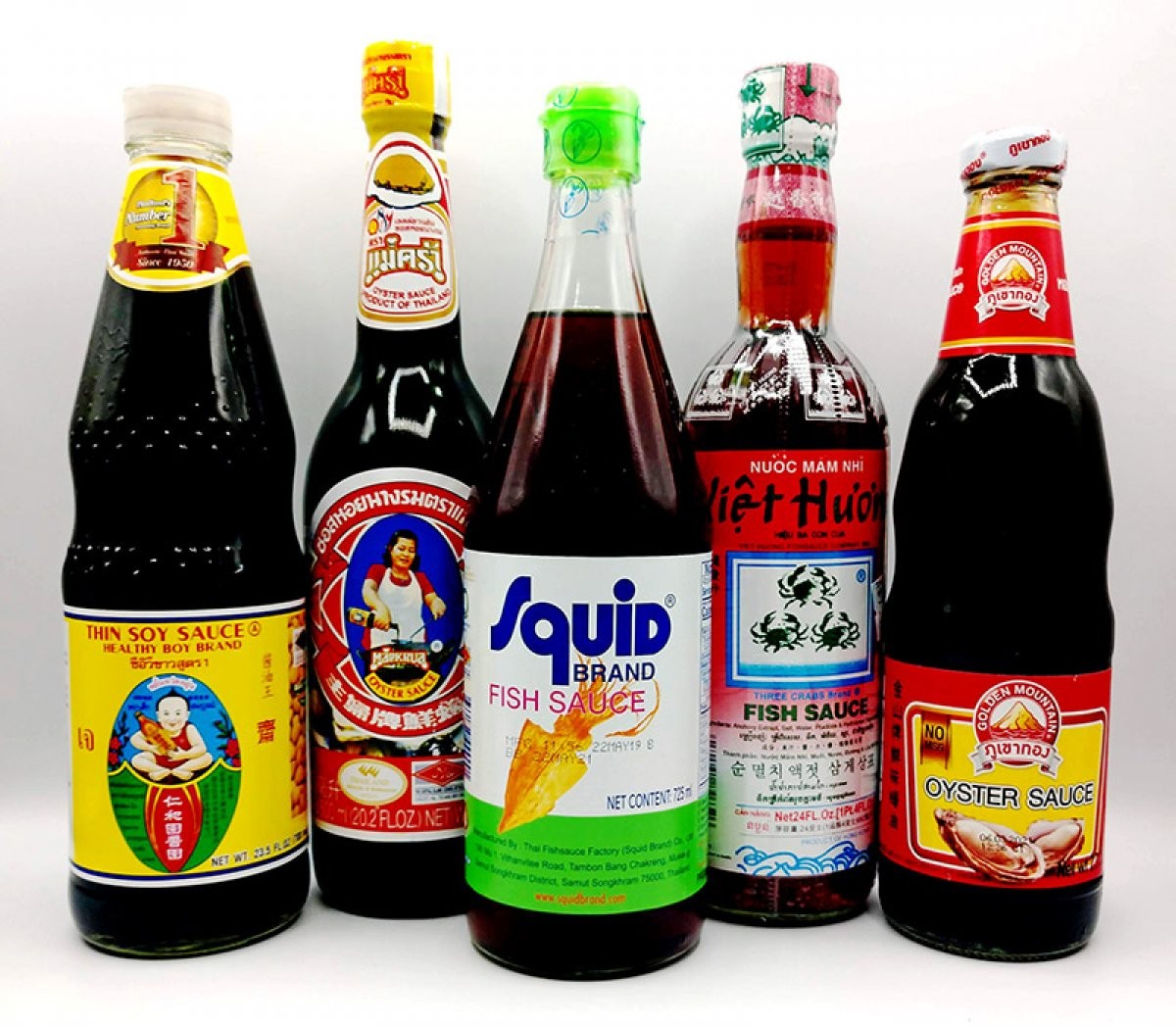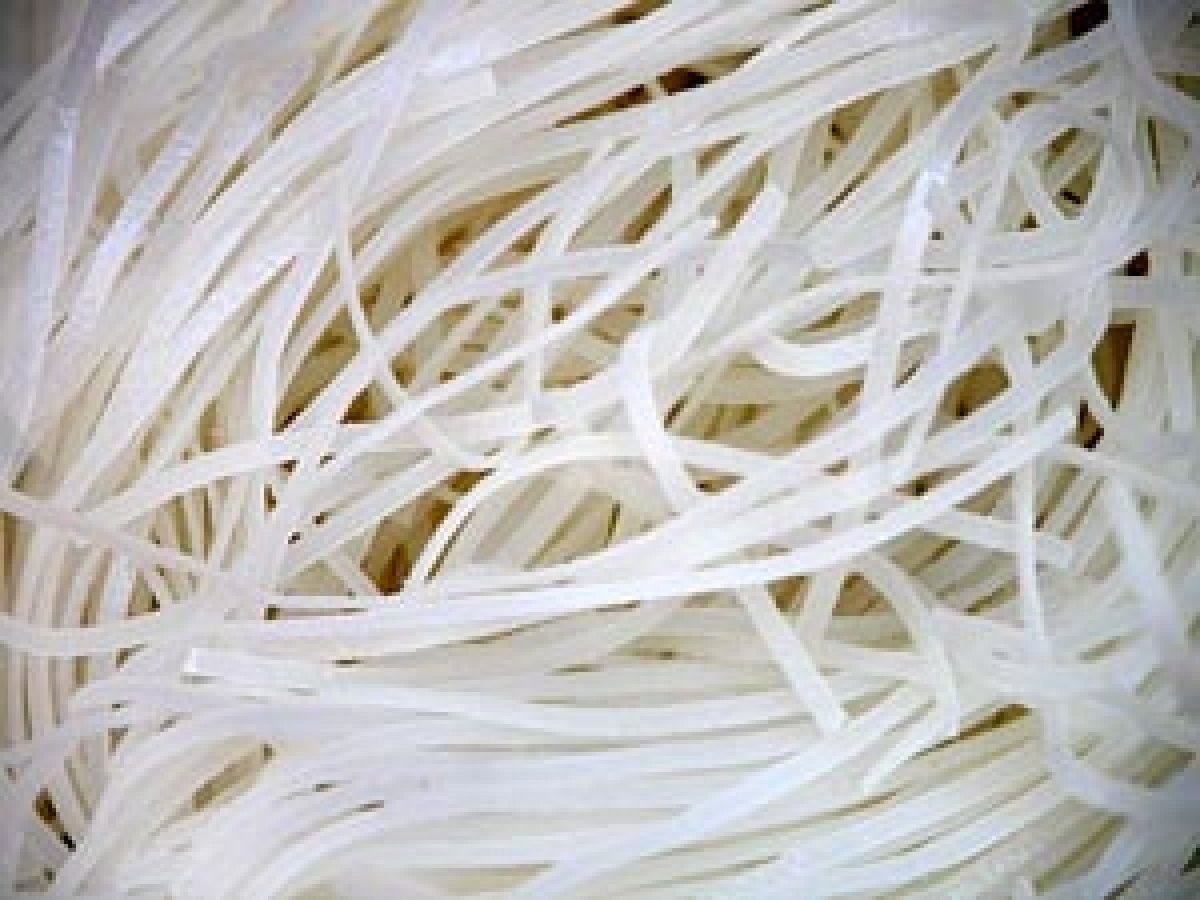How many tastes can a person recognize? For a long time it was accepted that there were 4 tastes: sweet, sour, salty and bitter. And that was it. Until a French cook, Escoffier, came up with a new type of flavor in his cooking in his restaurant in Paris.
Home › Blog › #did-you-know, #sweet, #sour, #salty, #bitter, #umami, #flavor, #cooking, #msg
Sweet, Sour, Salty, Bitter… and Umami!
The discovery of Umami
In Japanese cuisine, dashi is a fermented base made from boiled seaweed and dried fish, used to flavor to meals, pairing well with vegetables and soy. It is only in 1908 that Kikunae Ikeda determined what gave dashi its meaty flavor. Ikeda worked on the main substance of dashi, the seaweed Laminaria Japonica, and was able to extract one of its components under a crystalline form. The crystal powder had that distinct savory taste that dashi lent to other foods, a taste that he named umami, from the Japanese umai (delicious.). There was the fifth taste.

Umami, in powder
The crystal component that Ikeda had extracted from the seaweed was glutamate, and one year later after this discovery Ikeda began mass production of Ajinomoto (meaning “essence of taste” in Japanese), and sold it as an additive to add to the food for umami, like sugar for sweatness and salt for saltiness. Today this is commonly named this MSG, for Monosodium Glutamate, and used a lot in Asian cooking.

Do you like Umami? Do you use MSG a lot when cooking?
 Like
Like




